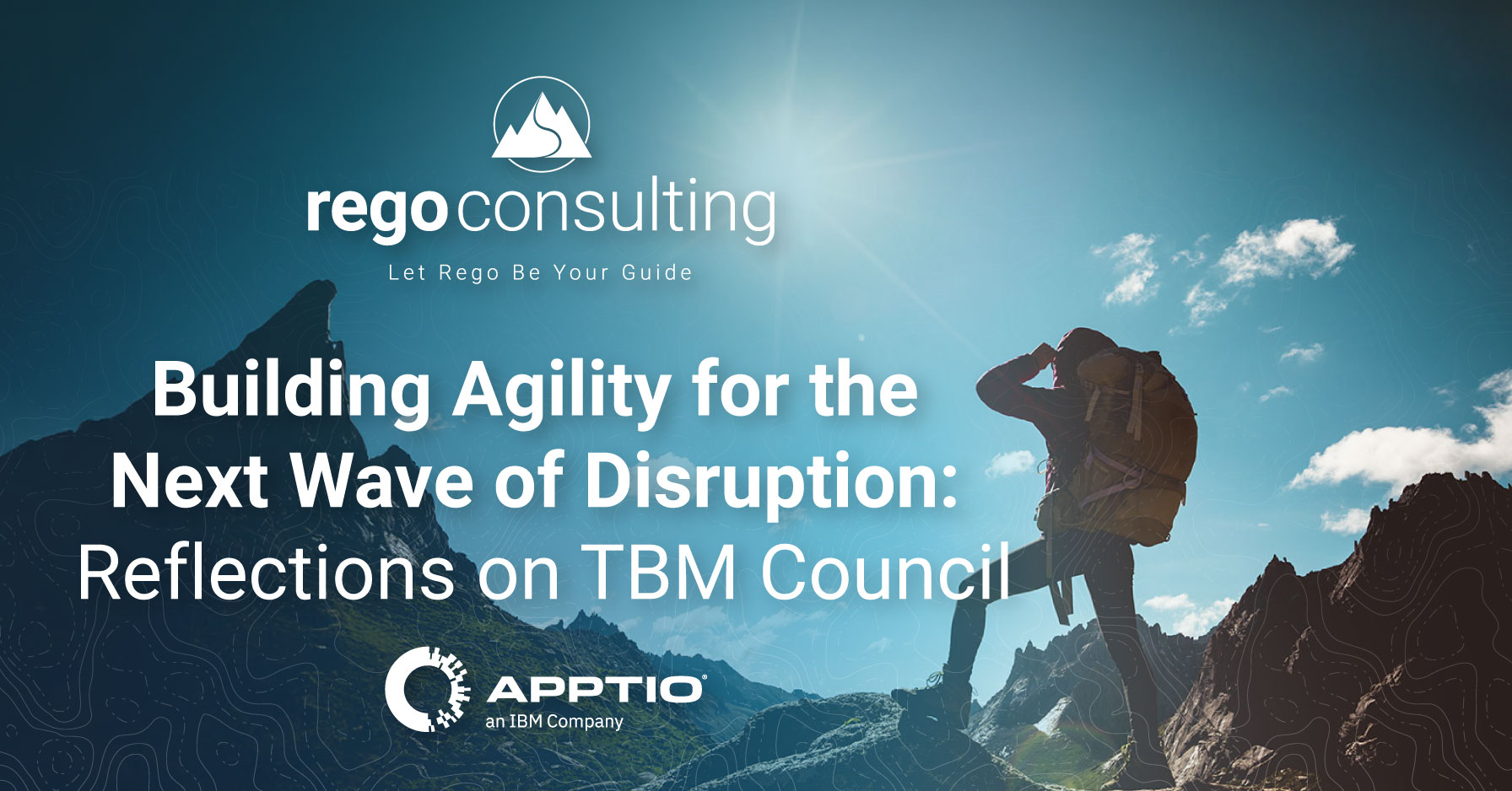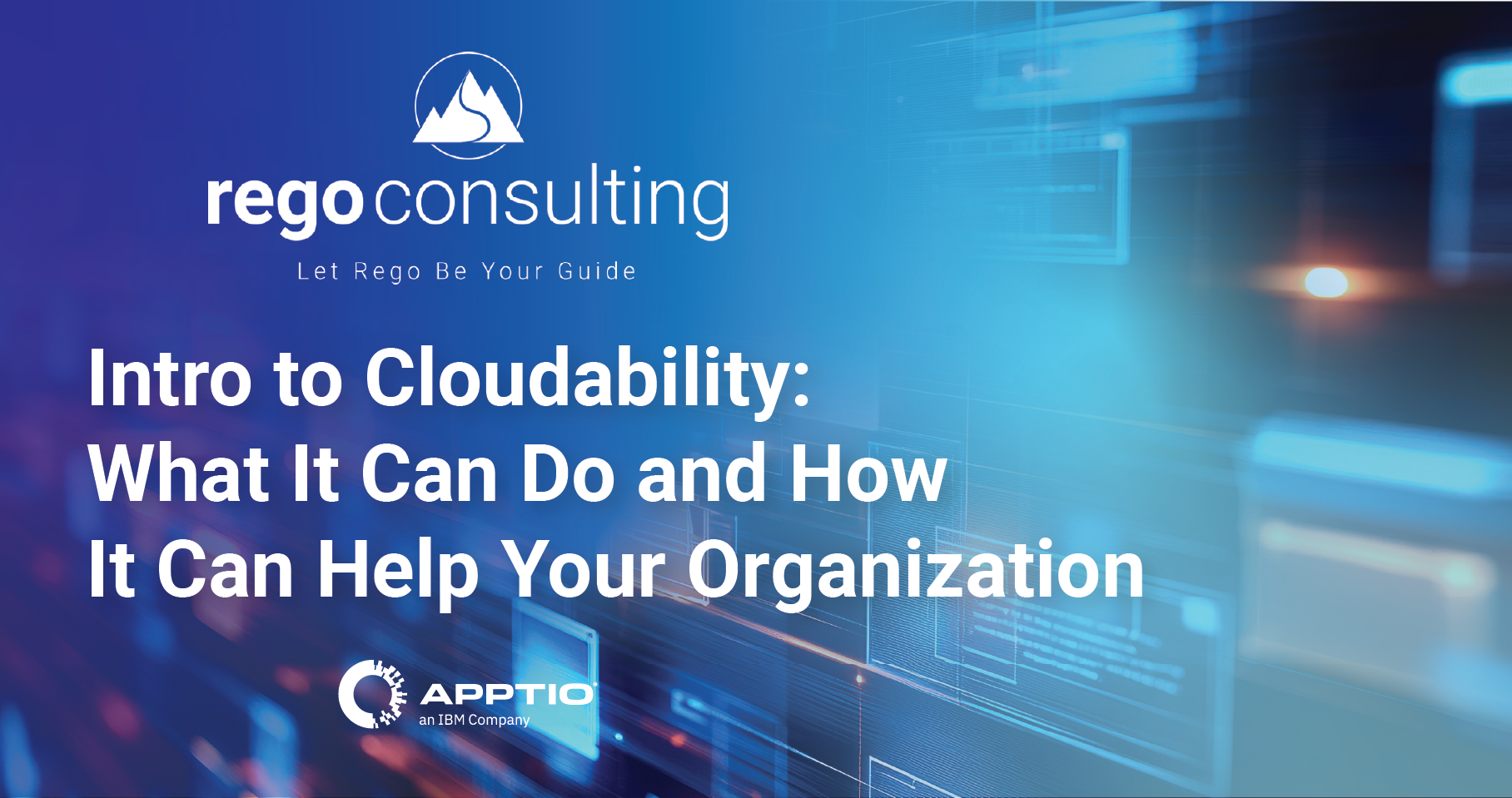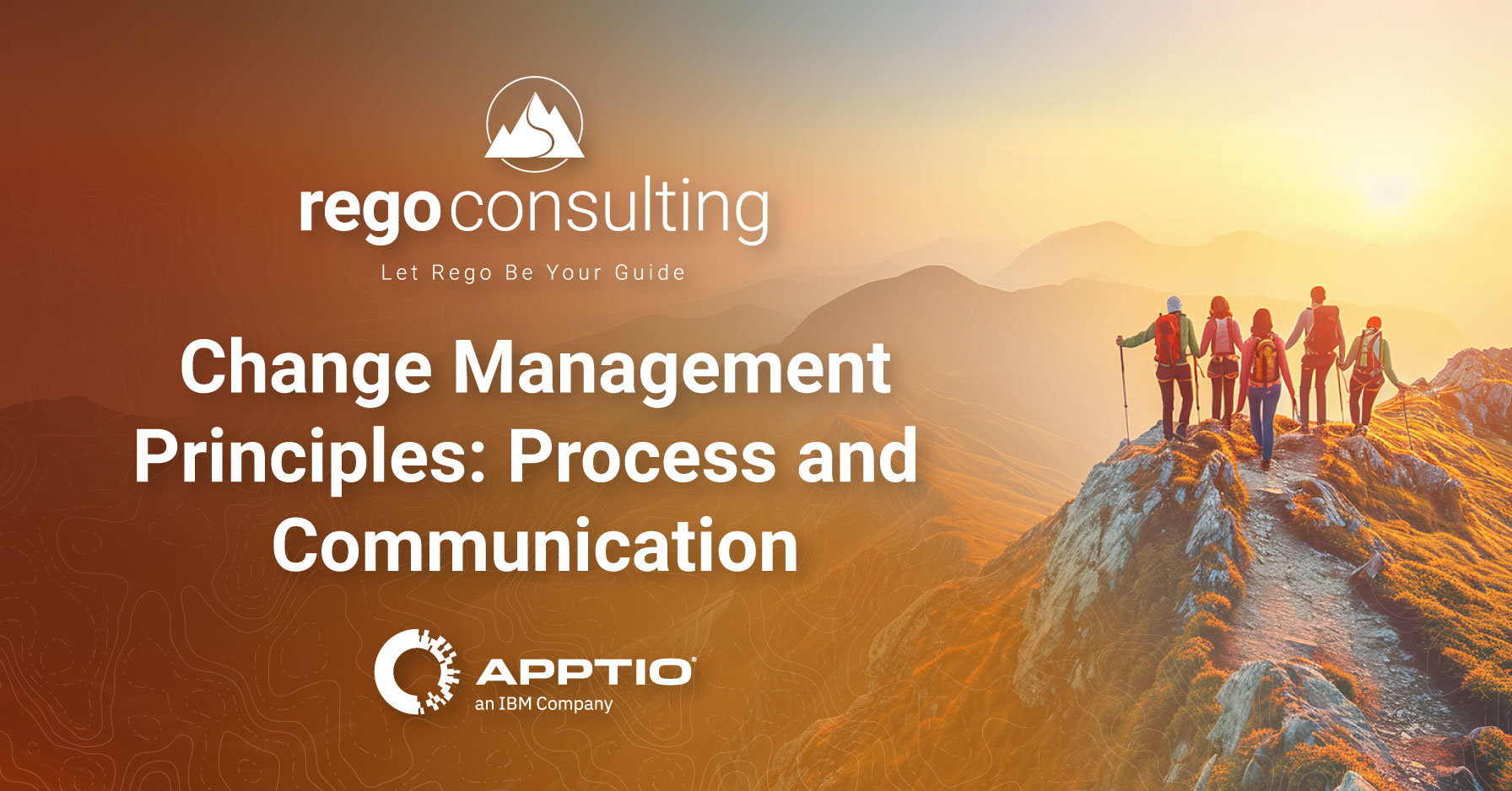
In part one of this series, our Apptio guides shared tips and tricks for increasing stakeholder engagement. Below, they share more insights on socialization and putting together a stakeholder engagement plan. These actionable steps will help you increase user adoption and get more value out of your Apptio investment.
The Bigger Picture: Increasing Apptio Socialization
Socialization is the aim of engaging stakeholders. It’s important to get stakeholders used to Apptio, help them understand the value of what they can do, and keep them engaged. If your organization doesn’t have a top-down, forced adoption, there are five areas to consider when coming up with your approach to stakeholder engagement.
Audience
Think about who your stakeholders are. Depending on their role, the ways they leverage Apptio might look different. As you communicate with stakeholders, think about their individual goals. For example, someone in IT finance will want something different from Apptio than an applications manager.

Visibility
Promoting visibility boils down to communication. This can include several of the approaches covered in the previous article. Newsletters, monthly contests, Apptio training opportunities, suggestion and question email addresses, feedback sessions, and personal conversations are all great options. Each organization has its own communication style, so it’s important to evaluate which channels will help stakeholders and promote interaction.
Communicating Value
Communicating value ties back into knowing who your audience is and their needs. As you communicate with stakeholders, be sure to always listen first to suggestions. Many times, they can tell you what they would love from Apptio. And depending on their position, their needs might be vastly different – the TBMO will have different reporting needs than infrastructure.
Then, you can create tailored messaging. Think about what type of reports or features will help them reach their goals. By drawing attention to how Apptio can help them, you will see a rise in user adoption. People are more willing to upload data or attend feedback sessions if they understand how it benefits them.
Highlighting new reports and updates that have been added because of stakeholder feedback is another great way to subtly communicate value.
Feedback Sessions
Emails get missed. So, it’s important to hold regular Apptio feedback sessions. This helps stakeholders feel valued and like their goals and needs matter. Be sure to ask about what is working, what is missing, what you can do to help users leverage Apptio more effectively. This helps promote buy-in.
When stakeholders feel validated and involved, the result is often reciprocal. As you continue to improve their user experience, they will be more motivated to upload and validate data.

Training
In addition to Apptio training, it’s important for stakeholders to understand the vision and value of the Technology Business Management (TBM) framework. This helps stakeholders see the big picture. Understanding how TBM methods can help manage technology spending and benefit everyone increases user adoption.
Identifying Stakeholder Engagement by Type
Creating a Stakeholder Engagement Plan can help define the best strategy for every stakeholder. Generally, it includes a personalized strategy and the appropriate ongoing follow-up for each individual. We have included a free template of a Stakeholder Engagement Plan to help you get started.
The first step in creating a Stakeholder Engagement Plan is to identify each stakeholder’s type. Each engagement type is evaluated by the stakeholder’s role and function. For example, an IT finance leader might be collaborator while a steering committee member might need to be empowered. Since their needs and roles are different, their engagement will look different. Here are the five most common stakeholder types:
Empower
This type of stakeholder is usually an executive sponsor, steering committee member or advisory group member. They are engaged through a rhythm of regular meetings and updates.
Collaborate
A collaborator is usually someone with accountability and responsibility and they often help drive joint decisions and actions. A great example could be IT finance leaders.
Involve
These types of stakeholders participate in collaborative, ad-hoc engagements. Communications usually involve delivering tasks within a specific area or activity. Business leaders often fall into this group.
Consult
This is a stakeholder who consults and has limited engagement. However, sometimes they provide input or feedback. Data owners or service owners could fall into this category.
Inform
This is the lowest category for engagement and communication is usually one-way. An informed stakeholder only receives broadcast information like emails, newsletters, etc. Possible examples include IT support and enterprise architecture team members.
Once you have identified all stakeholders and categorized them, you can start to assign them to groups and ongoing follow-up strategies. This can help you focus on the right areas, with the right type of communication. Soon, you’ll start seeing measurable engagement results.
Rego Can be Your Guide
There are challenges to increasing stakeholder engagement. But with the right plan even the most disengaged stakeholders can become your most excited users.
Additionally, if you need help coming up with a stakeholder engagement plan, Rego can help. Our team of Apptio change management experts have guided countless businesses to increase user adoption.
We offer Apptio Health Checks with adoption and usage statics to help you see how engaged stakeholders are. After that, we can help create a stakeholder engagement plan tailored your organization’s specific needs. Contact us to learn more.











